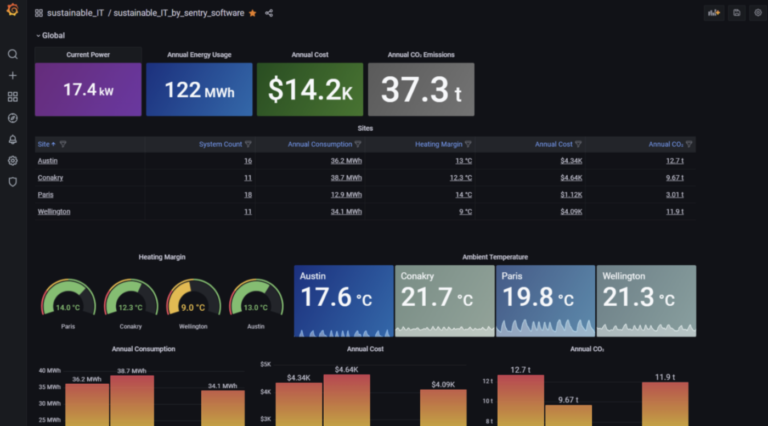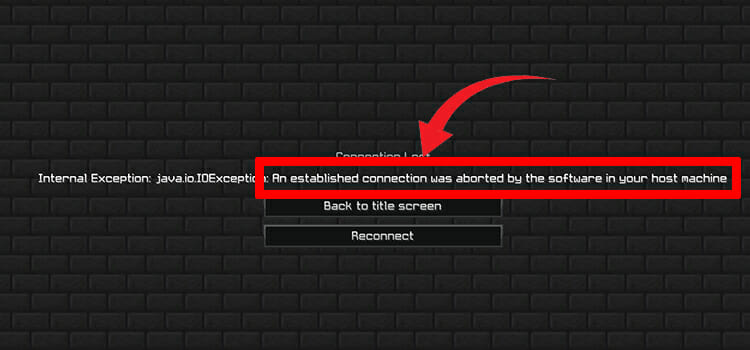ASCII vs ANSI | Are They Identical?
Communication via digital devices demands standard encoding formats and this led to the development of various types of encoding schemes. ASCII vs ANSI both is two popular and quite old character encoding formats. Though most of the people assume these two schemes to be identical, they differ in many points.

ASCII vs ANSI
Stick with us to see the complete comparison of ASCII vs ANSI coding standards.
What is ASCII
American Standard Code for Information Interchange or ASCII is a commonly used character encoding scheme where each character is identified by a unique 7-bit binary number. So, a maximum of 2^7 or 128 characters can be defined in total using ASCII code.
This includes 33 non-printable characters like ESC, line feed tab, carriage return, etc. and 95 printable characters like numbers, English letters, punctuation marks, etc.
For example, “C” is represented in ASCII with decimal 67 and “c” is represented with decimal 99. So, it maintains a difference of 32 between each uppercase and lowercase letter. The last 128th code in ASCII defines the “Delete” key on the keyboard.
There are other coding methods too, like EBCDIC and Unicode.

History
ASCII came from telegraphic codes. Bell data services promoted a 7-bit teleprinter code and commercially used ASCII for the very first time. Officially the development process initiated on October 6, 1960. Bob Bemer was the first introducer of ASCII. The main moto was to enhance the connectivity between computers through a standard language.
Applications
You surely depend on ASCII codes while typing on the normal keyboards without even knowing. Each of the characters on the keyboard is identified by the computer by a numeric ASCII code. Also, email transmission, text files, graphic arts, C programming, etc. is done based on ASCII codes. Moreover, UNIX and DOS type OS uses ASCII encoding scheme.
Advantages of ASCII Code
- The small 7-bit pattern of ASCII is one of the many advantages it offers. That’s why it requires a small amount of space in memory and can be transferred in no time.
- Almost all the computers use ASCII, as it provides English as a standard language interface to share files.
- The characters are represented in a linear order which makes the ASCII coding format easier to understand.
- 8-bit is reserved for per ASCII code where 7-bit represents the character and the most significant bit is a parity bit.
Limitations of ASCII Code
- As America was the central point of all computer industries at that time, ASCII can define only the English language. So, it is not a universal coding standard and cannot interpret coded texts of other languages.
- Only 128 characters are not enough to represent many symbols, emojis, and other commonly used characters.
What is ANSI
ANSI stands for American National Standards Institution and is a generic term to represent the standard code page on a system like windows. It is a Microsoft related coding scheme that utilizes an 8-bit pattern for each character.
The short form ANSI doesn’t correlate to the original ANSI standard and was based on the drafts submitted. But still, the name is accepted due to the legacy of Microsoft.
It is the modification of ASCII code with an additional 128 characters to overcome the limitations. So, in total up to 2^8 or 256 characters can be represented in ANSI standard.

History
ANSI was issued by American National Standard Institute. The main idea was to establish a uniform identity for geographic entities for all govt. agencies. In 1985, the first version of Microsoft Windows was released with ANSI character set.
Applications
ANSI code pages are mainly applied in Windows ME. They are available on Windows NT also. It is known as Windows-1252 on Windows/U.S. Moreover, ANSI is used as a default coding format in Notepad++. It is commonly used to encode Latin alphabets. Unix and MS-DOS are examples of common software based on ANSI.
Advantages of ANSI code
- ANSI codes are compatible with the ASCII coding format.
- ANSI coding features foreground colors and a color scheme of 8 plus 16 background. So, it is much flexible as it contains necessary symbols for the representation of drawings.
- As each unique code for every single character needs only a single byte, it supports faster transmission and doesn’t occupy much space.
- As ANSI can accommodate about 256 characters, this larger character set helps to represent more characters.
- Many ANSI code pages refer to other languages like Chinese, French, Japanese, Latin and so one along with English. The application interpreting the ANSI encoded file just needs to know which code page is used there.
- Half of the ANSI characters are identical to the Unicode scheme.
Limitations of ANSI Code
- Even with a 256-character set, ANSI was unable to be implemented in computers using other languages containing desperate sets and control codes. Thus, the ANSI standard eventually phased out.
- It is impossible to store different character systems or special characters in a single ANSI file.
- As various groups failed to come in a unique conclusion on how to utilize the extra 128 characters, the files encoded by ANSI were often unreadable when sent to other operating systems. This hassled situation was mainly addressed by Microsoft and IBM. Thus, they are incompatible with each other.
Here’s a quick comparison table between ASCII and ANSI:
| ASCII | ANSI | |
| Character Support | 128 Characters | 256 Characters |
| Bit Use | 7-bit | 8-bit |
| Lifespan | Longer lifespan | Shorter lifespan |
| Complexity | Simple to use | Complex to use |
For more detailed similarities and dissimilarities, continue reading below.
Similarities of ASCII and ANSI code
ASCII and ANSI are quite closely related character sets. ANSI is an upgrading modification of the ASCII coding standard with a doubled number of characters. Both don’t have any byte order mark. The bottom 128 characters of the ANSI character set is identical with ASCII code points. But both of them have been replaced by the more versatile Unicode.
The Differences Between ASCII vs ANSI Code
- The first and most important thing that makes these two diverge is the total number of characters they can accommodate. ANSI can represent a total of 256 characters in the character set, which is double of ASCII character set.
- ASCII code utilizes 7-bits per character but ANSII code requires a complete byte or 8-bit to identify each character.
- It is not certain that the target computer contains the same ANSI code page to reproduce the file, especially if the file is shared halfway around the world from one country to another. But ASCII has no issues in reproducing the encoded file exactly.
- ANSI is compatible with ASCII but lacks in self-compatibility. But ASCII codes are not compatible with the ANSI scheme.
- ASCII is easier to figure out than ANSI and thus it is still in use. But ANSI had a short life and it is rarely used now.
- An ASCII encoded file can be easily interpreted in Unicode. But due to the application of different code pages, ANSI coded files can not be easily opened on Unicode standard having limited compatibility.
- The additional 128 characters of ANSI is not unique as it implements code pages with different character sets. So, ANSI code points are not fixed, but ASCII code points are identical in every system.
Frequently Asked Questions and Answers
What is the difference between ASCII and Unicode table?
ASCII is a subset of the Unicode encoding scheme. ASCII encodes letters, digits, symbols, etc., while Unicode encodes the same things from different languages.
How to use ASCII table?
To use the ASCII table, type the ASCII character code while holding down the ALT key. use the numeric keypad to type the character numbers, not the keyboard, otherwise, it won’t work.
Wrap Up
ANSI is a superset and modification of the ASCII encoding scheme. Though ANSI was introduced to remove the limitation of the ASCII character set, it eventually faded away for its lack of self-compatibility. Still, ASCII codes are used in our keyboards worldwide as they provide a common and standard language, English. This makes ASCII easy to figure out and more preferred by the programmers and software developers.
Subscribe to our newsletter
& plug into
the world of technology





